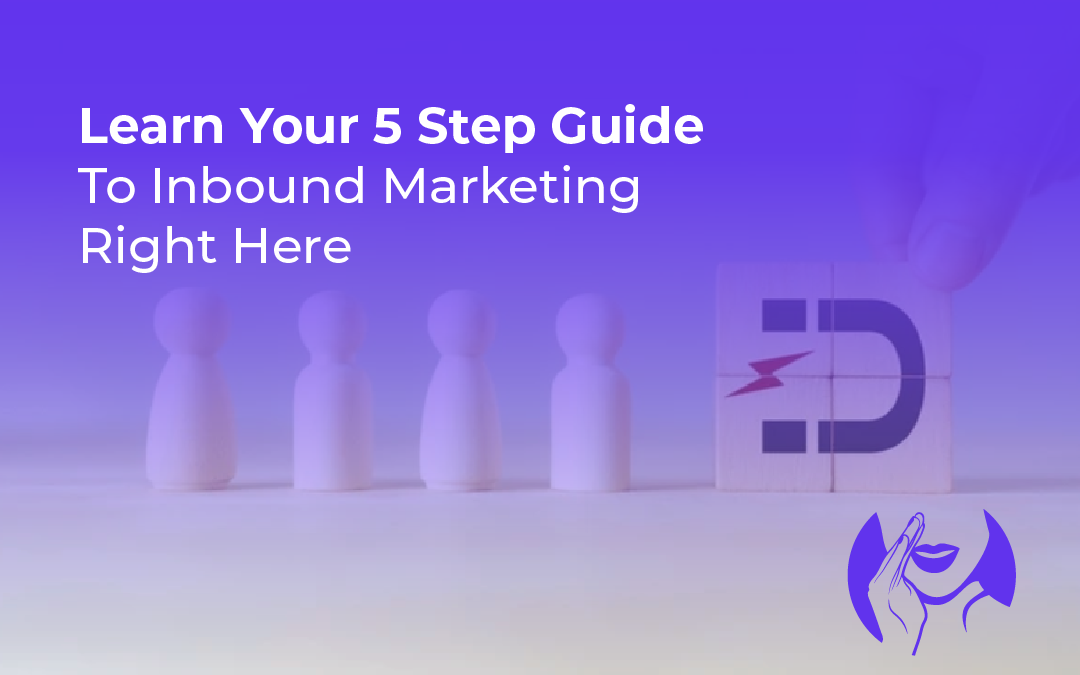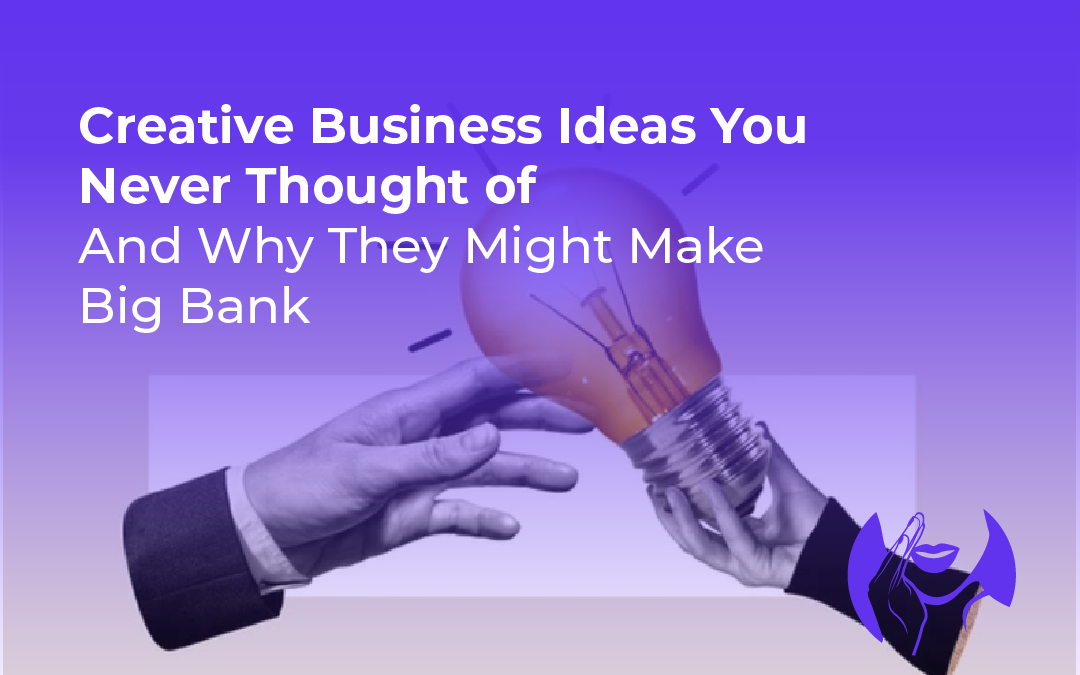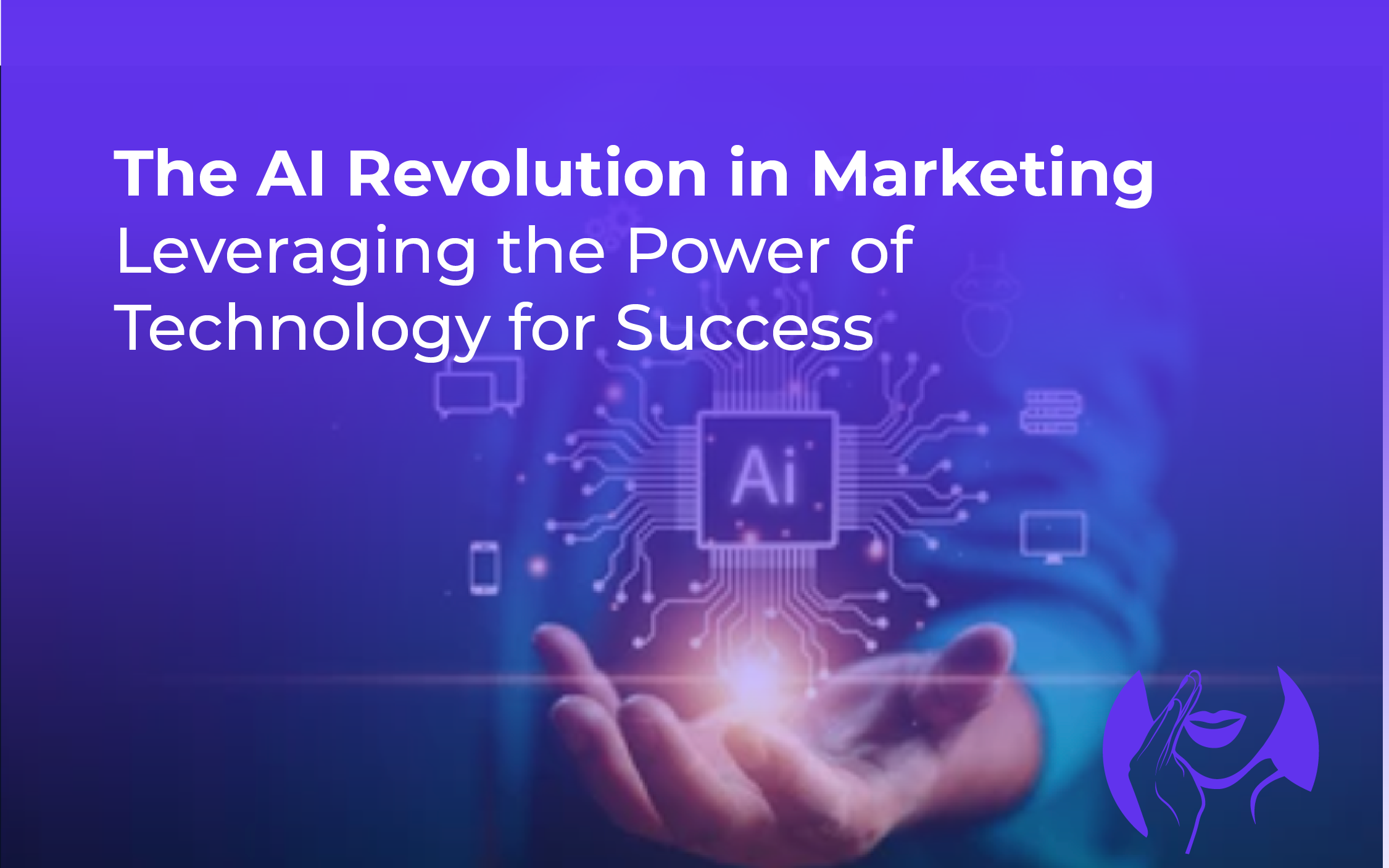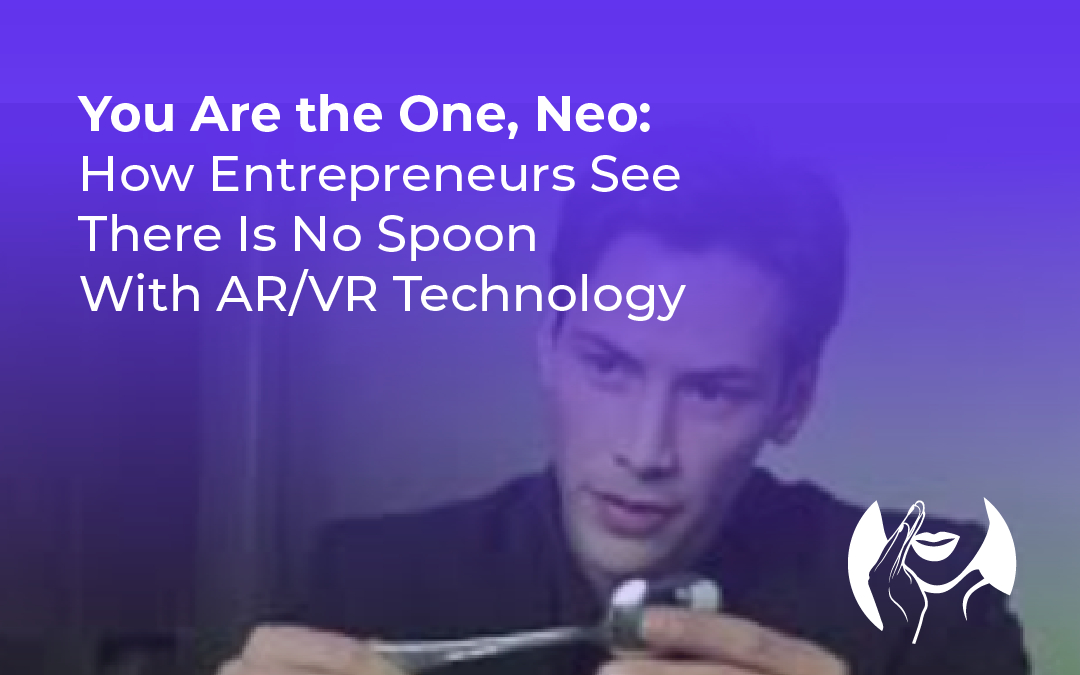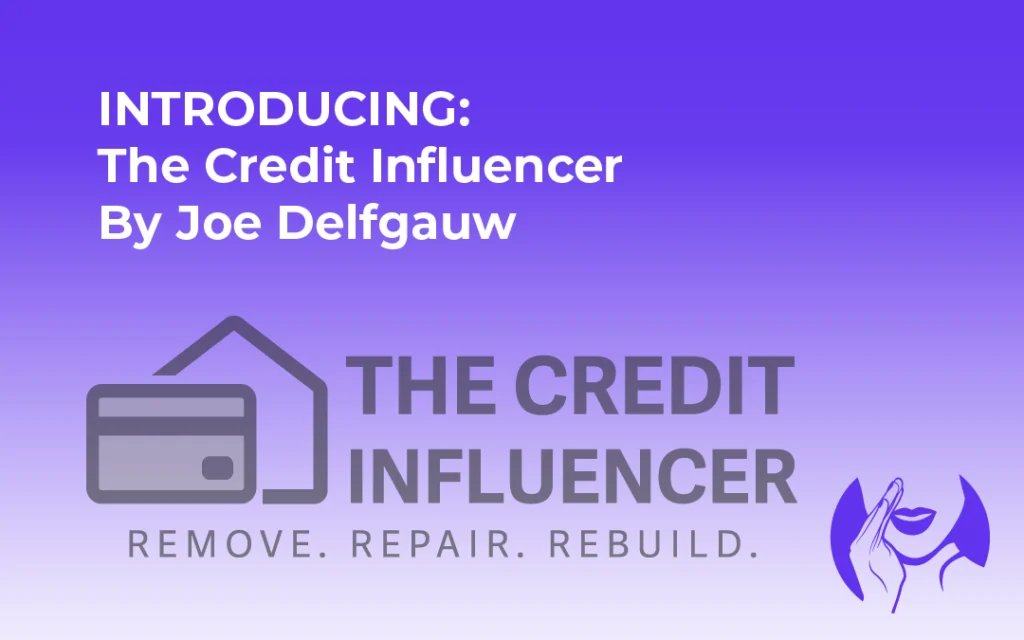Steve Jobs—a name that resonates. Think innovation, think creativity, think tech revolution. It’s all in the name. Imagine the world before this person. Then picture how we use technology now. That’s the legacy of this San Franciscan, born February 24, 1955. They completely changed everything. But what made the late co-founder of Apple tick? Think Edison, think Newton—this innovator’s impact was similar. A desire to break barriers and innovate powered his work; the results? History-altering products.
Picture this: a garage in California. Apple started in that very spot, where Jobs and Wozniak built it into the giant it is today. From his Silicon Valley start to his time running Apple, we’ll explore the core beliefs that drove Steve Jobs. Aspiring entrepreneurs and creative types can learn a ton from Steve Jobs. His creative thinking? This wasn’t just a tech change; it altered so much more.
Get cozy with a coffee; we’re going to unpack the thinking behind Steve Jobs’ incredible success. Inspired by his life and his way of thinking? Success? It could be you. You’ve got this. It’s possible. I haven’t a clue. Maybe you’ll find the spark you need to leave your mark.
Table Of Contents:

- 1. Follow Your Passion
- 2. Think Different
- 3. Simplify, Simplify, Simplify
- 4. Embrace Failure
- 5. Prioritize quality.
- 6. Create Experiences, Not Just Products
- 7. Stay Hungry, Stay Foolish
- 8. Build a Great Team
- 9. See how it all fits?
- 10. Leave a Legacy
- Conclusion
1. Follow Your Passion
Jobs often said, “The only way to do great work is to love what you do.” This wasn’t just a catchy phrase; it was his life’s mantra. His intense interest in his work never wavered, not even when others questioned his ideas. Apple’s whole future shifted because of it.
When Jobs dropped out of Reed College in Portland, Oregon, he didn’t give up on learning. Driven by curiosity, he signed up for classes that really interested him. Apple’s amazing design? It all started with a calligraphy class he took, influencing the typography and look that people still admire.
He readily tried new and unusual approaches. Growing up, Steve learned the importance of skilled work from his adoptive father, Paul Jobs. This matched his own developing interests. The lesson learned? Don’t just chase money or status. Find what truly excites you and give it your all, because passion fuels perseverance, especially when times get tough, a sentiment many successful individuals like Elon Musk might echo.
2. Think Different

“Think Different” wasn’t just a clever marketing slogan that resonated from the Apple press room. Steve Jobs’s life and business were built on this. He thrived on disruption; change was his game. He got his team to think impossibly, redefining what products could achieve.
When everyone said computers were for geeks, Jobs envisioned them as tools for creativity and personal empowerment. When phones were just for calling, he reimagined them as pocket-sized computers capable of much more. Revolutionary products—the Macintosh, iPod, iPhone, and iPad—were born from his ability to look past the obvious. Industries were completely transformed by these inventions.
This mindset was cultivated early on, even during his high school years where his interests in electronics began to take shape. To channel your inner Jobs, question assumptions rigorously. Try looking at things differently. Don’t be afraid to consider ideas others might ignore. The next big idea might be hiding where others simply aren’t looking, a core tenet of innovation in Silicon Valley.
3. Simplify, Simplify, Simplify
Steve Jobs had an obsession with simplicity, believing it to be the ultimate sophistication. To him, elegance wasn’t about complexity; it was about making the complicated, simple. Intuitive use was paramount. Apple’s thinking completely revamped their products and how people interacted with them. In a super competitive market, this made all the difference.
Remember the first iPod? “1000 songs in your pocket.” Jobs took a complicated device, portable music players, and boiled it down to its essence, making it easy to use and desirable. He understood that simplicity wasn’t just about looks; it was about how well it worked and how easy it was to use. This focus was evident even in the pioneering Apple II, which, despite its technical nature, aimed for greater accessibility than its predecessors.
In your own work, constantly ask yourself: How can I make this simpler? What is the core function or benefit I am trying to provide? Users value simplicity. Remove distractions; highlight what matters most.
4. Embrace Failure
Steve Jobs’s career wasn’t all smooth sailing; it was marked by significant challenges and setbacks. He was famously ousted from Apple in 1985 by John Sculley, the CEO he had recruited, from the very company he co-founded. A devastating event struck, yet his ingenuity persevered; his spirit refused to be broken. He bounced back. He wouldn’t be defeated. New adventures and self-improvement bloomed from this experience. He turned it to his benefit.
Jobs created NeXT Computer while he wasn’t at Apple. Education and business? This company’s computers? Several sectors are seeing major disruptions; it’s a complete overhaul. Think faster processing, improved data analysis—the possibilities are vast. He got Pixar—a small computer graphics branch of Lucasfilm—and made it a famous animation studio. Movies like *Toy Story* became huge hits. Business and creative thinking: he got better at leading and saw how those two things connect. His skill set expanded significantly.
When he returned to Apple in 1997, the company was struggling. His time out of the spotlight proved incredibly useful; Jobs returned a better leader, ready to take Apple to the next level. It’s that clear. Embrace the stumbles; learn from them. Use failures as stepping stones. Learn from your errors, change your methods, and boom—you’ll be more creative and successful! Your next big success might be born from a previous misstep.
5. Prioritize Quality
Quality was everything to Jobs; he relentlessly pursued it. He never missed a detail. He was passionate about every single piece of the product, from the inside out. Even the hidden parts got his full attention. I want to know the explanation. Because he believed that true quality permeates every aspect of creation and contributes to a superior overall experience.

The quality standard extended to everything: the products, the software, the services, and the staff. Jobs insisted on hiring only the best talent, famously saying he only wanted “A-players.” He believed that A-players want to work with other A-players, creating a culture of excellence and high performance that constantly pushed the boundaries of what was possible.
Apple products were pricey, but people gladly paid more for their sleek design, user-friendly interface, and dependability. In your own pursuits, don’t settle for “good enough.” Strive for excellence in everything you do, even in the minute details others might overlook, because that is where true craftsmanship shines. Apple’s founder knew: good stuff makes people trust you.
6. Create Experiences, Not Just Products
Steve Jobs understood a fundamental truth about consumer behavior: people don’t just buy products; they buy experiences, solutions, and feelings. Betterment of people’s lives? That was his ambition. Small steps, big impact – that’s what he believed as he tackled the challenge. Every little improvement counted. His approach? A beautifully integrated system of hardware, software, and services that just worked. Their strategy? How interesting! A clear differentiator for Apple.
Think about the first time you unboxed an iPhone or visited an Apple Store. The packaging, the product design, the intuitive interface, the retail environment—everything was carefully crafted to create a memorable and positive experience. Apple’s big-picture view of the customer experience really paid off. Customers were incredibly loyal, far surpassing the loyalty shown to competitors. The company’s hard work paid off—a significant win resulted. Those other companies only cared about the tech specs.
This principle: Can you use it? Consider your profession. To truly connect with your audience, go beyond simply offering a product, service, or information. Craft an experience that excites, amazes, and resonates deeply with them; one that they’ll remember long after the initial interaction. The goal? To make a real connection. The customer experience is more than a single purchase; it’s a continuous process that we value. We consider every touchpoint. User data security: Compliance is only part of it; a reliable, trustworthy connection is what truly matters. That’s important to us; we hear you. A solid privacy policy is vital to this, and a great user experience follows naturally. Consider the implications of a data breach; trust is easily lost, and rebuilding it is difficult.
7. Stay Hungry, Stay Foolish
These four words, “Stay hungry, stay foolish,” which Steve Jobs borrowed from the final issue of the Whole Earth Catalog, became his parting advice in his famous Stanford commencement speech. His approach to life and work is all about constant change and self-improvement; these ideas are his compass.
“Stay hungry” means never being satisfied with current achievements, always pushing for more, seeking new challenges, and striving for greater impact. It’s all about that fresh perspective, that open mind ready for anything new. “Stay foolish” encourages taking risks, thinking outside the conventional box, and not being constrained by what others deem possible or sensible. Bold ideas often spring from a willingness to be a bit simple-minded.
Even with Apple at the top, innovation was Jobs’s constant. Groundbreaking product after groundbreaking product rolled out. Remember: Ambition, self-reflection, and continuous learning—these are the cornerstones of progress. Consider their weight. It all has a point. A whole lot. Don’t ever become stagnant. The spirit of being a game designer, always looking for the next engaging creation, never left him, even as Apple CEO.
8. Build a Great Team
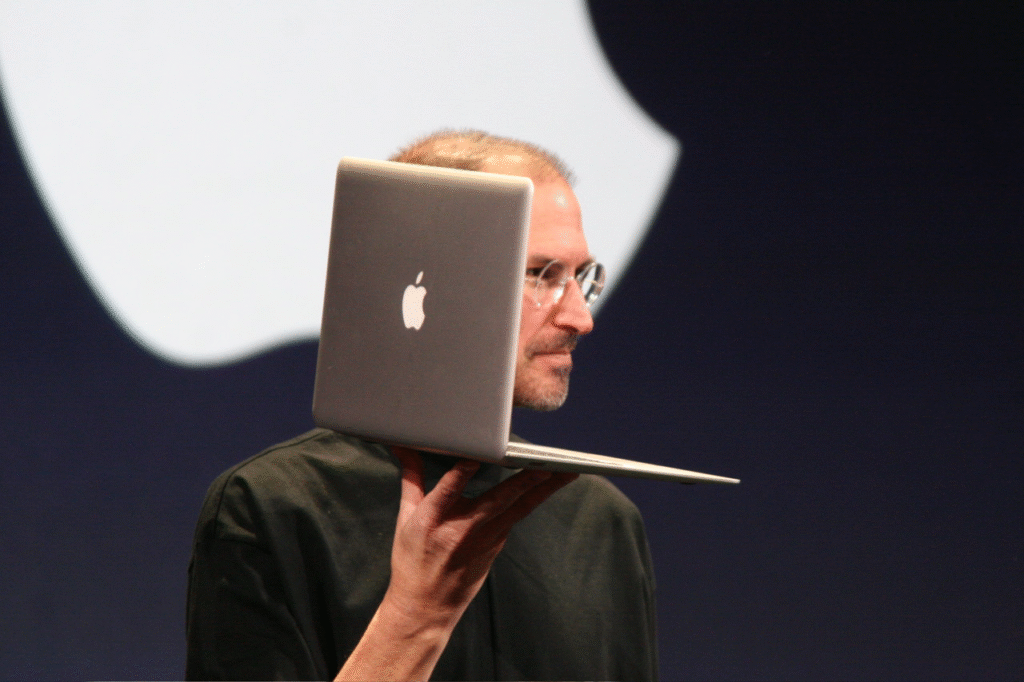
While Steve Jobs was the visionary face of Apple, he knew that innovation and success are rarely solo endeavors. Surrounding himself with top talent was crucial to his plans. “Hire smart people,” he’d say, “and let them show *you* what to do.” He valued collaboration above all else.
Motivation and inspiration were Jobs’s trademarks. He was a demanding leader; his team always strived to excel under his direction. He challenged them to achieve the impossible; his workplace rewarded bold risks with equally bold rewards. Innovation and excellence thrived. Key collaborators, like co-founder Steve Wozniak who was instrumental in developing the Apple II, played vital roles in the company’s journey.
Remember, no one achieves truly great things alone. Build a team; make it strong and varied. Spend time developing it. Seek out individuals with complementary skills. A good team? Balance is the key. Choose people whose skills round out your own. Shared enthusiasm for quality is also crucial for success; this shared vision will ensure everyone works toward the same goals. He built teams not just in Cupertino, California, but globally through the talent Apple attracted.
9. See How It All Fits
Steve Jobs was amazing at bringing together ideas from all sorts of places. He’d take things that didn’t seem to go together and make them into something great. Technology and the liberal arts: he saw them as two sides of the same coin. It was the right mix for him; that’s all there was to it. The products were effective, simple, and aesthetically pleasing; a winning combination. Imagine a computer program that’s as pleasing to the eye as a well-crafted poem. That’s the kind of thing he was talking about.
This skill didn’t emerge from a vacuum. He explored Eastern spirituality, calligraphy, design, and music—his curiosity knew no bounds. Problem-solving was easy for him because he enjoyed a little bit of everything. The more varied his experiences, the better he became at thinking on his feet. His creativity blossomed from this diversity. His time at Reed College, though brief, and the calligraphy class he audited there, are prime examples of non-technical pursuits directly influencing technological innovation.
So, don’t limit your learning or interests to just one field of knowledge. Explore widely, read broadly, and engage with different cultures and perspectives. You never know when a random thought will lead to a breakthrough. User engagement became much clearer to him after his early work in video game development. The meaning was clear; he had a much better understanding.
10. Leave a Legacy
Steve Jobs wasn’t just focused on short-term profits or quarterly earnings reports. His driving force? Creating a legacy. His ambition? To change the world. He was driven by a powerful vision; this influenced all his decisions. It was that simple.
It’s why he insisted on uncompromising quality, why he took enormous risks on groundbreaking products like the Macintosh and the iPhone, and why he worked tirelessly even when facing serious health challenges, including pancreatic cancer and a liver transplant, before his death in October 2011. Apple’s contribution to both technology and culture—he always considered its long-term effects. Innovation: that’s what he wanted Apple to represent, for many years to come, a true mark of progress.
Have you ever wondered…? What difference can I make? Your final mark…what will it be? Think about it—your legacy. Your work: Does it help a cause bigger than yourself? How? Meaningful work often stems from asking big questions. Jobs, from his humble beginnings in Palo Alto, is a prime example of how powerful this can be. Everything changed after he arrived; his approach was revolutionary.
Steve Jobs’s life had some defining moments that led to his famous principles; this is a quick overview.
| Event / Period | Significance / Related Principle(s) | Keywords |
|---|---|---|
| Jobs born (February 1955) | The beginning of a life that would reshape technology. | san francisco, born february |
| High School & Early Interests | Early exposure to electronics, meeting Steve Wozniak. (Passion, Connect the Dots) | high school, steve wozniak |
| Reed College & Calligraphy | Unconventional learning path influencing Apple’s design. (Follow Your Passion, Connect the Dots) | reed college, portland oregon |
| Atari Game Designer | Early work in tech, focus on user experience. (Follow Your Passion, Create Experiences) | video game, game designer |
| Founded Apple (1976) | Partnering with Steve Wozniak to start a revolution. (Build a Great Team, Leave a Legacy) | founded apple, steve wozniak, apple founder, company apple |
| Development of Apple II | Early success that brought personal computing to a wider audience. (Think Different, Simplify) | apple ii, co-founder steve |
| Ousting from Apple (1985) | A major setback leading to new ventures. (Embrace Failure) | john sculley |
| NeXT & Pixar | Period of growth, innovation (Toy Story), and new perspectives. (Embrace Failure, Focus on Quality) | toy story |
| Return to Apple as Apple CEO (1997) | Rescuing and revitalizing the company. (Leave a Legacy, Think Different) | apple ceo, cupertino california |
| Later Health Challenges | Facing pancreatic cancer and undergoing a liver transplant while still leading. (Leave a Legacy) | pancreatic cancer, liver transplant |
| Jobs’s Death (October 2011) | The end of an era, but his principles live on. | jobsâs death, died october, late co-founder, palo alto |
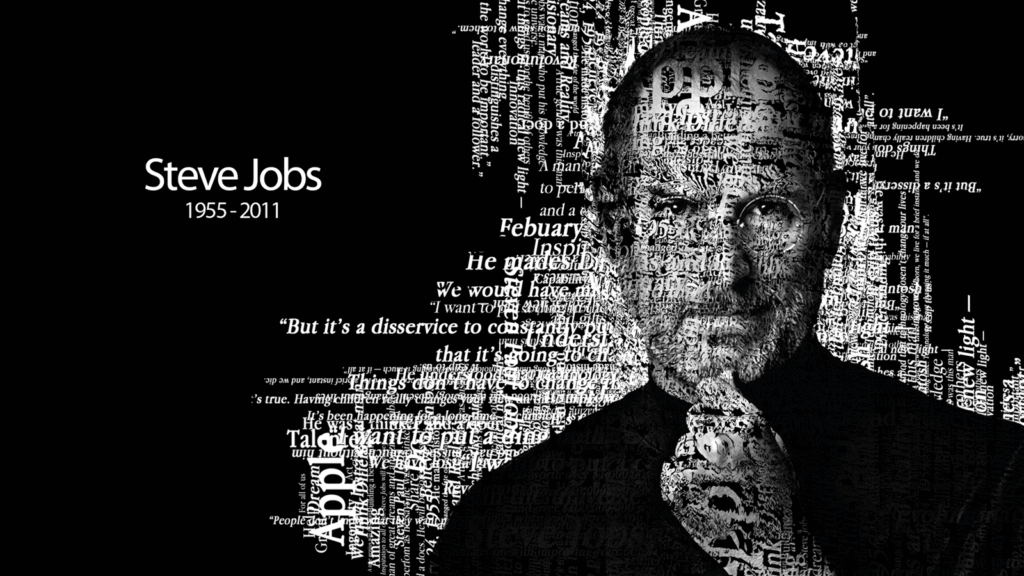
Conclusion
Steve Jobs wasn’t just a tech innovator; he was a visionary, the Apple founder who fundamentally changed how we interact with technology and with each other. Passion, a simple approach, high-quality work, and daring to be different—these are the cornerstones of his legacy, still influencing entrepreneurs, creative types, and world leaders today. Steve Jobs’s influence is still felt strongly today.
Steve Jobs’s life teaches us one thing above all else: Shoot for the stars! Chase your biggest dreams with everything you’ve got. As he memorably urged, “Your time is limited, so don’t waste it living someone else’s life.” His iconic phrase, “stay hungry, stay foolish,” continues to motivate people to push their own boundaries.
Whatcha got cooking next? How will you “think different” and make your unique contribution? People need what you can create. As Steve Jobs, the late co-founder of Apple, showed us, with unwavering passion, relentless perseverance, and a healthy dose of “foolishness,” you can indeed change the world. People’s cleverness is powerfully demonstrated by his lasting impact. His problem-solving skills were amazing; he solved so many!

